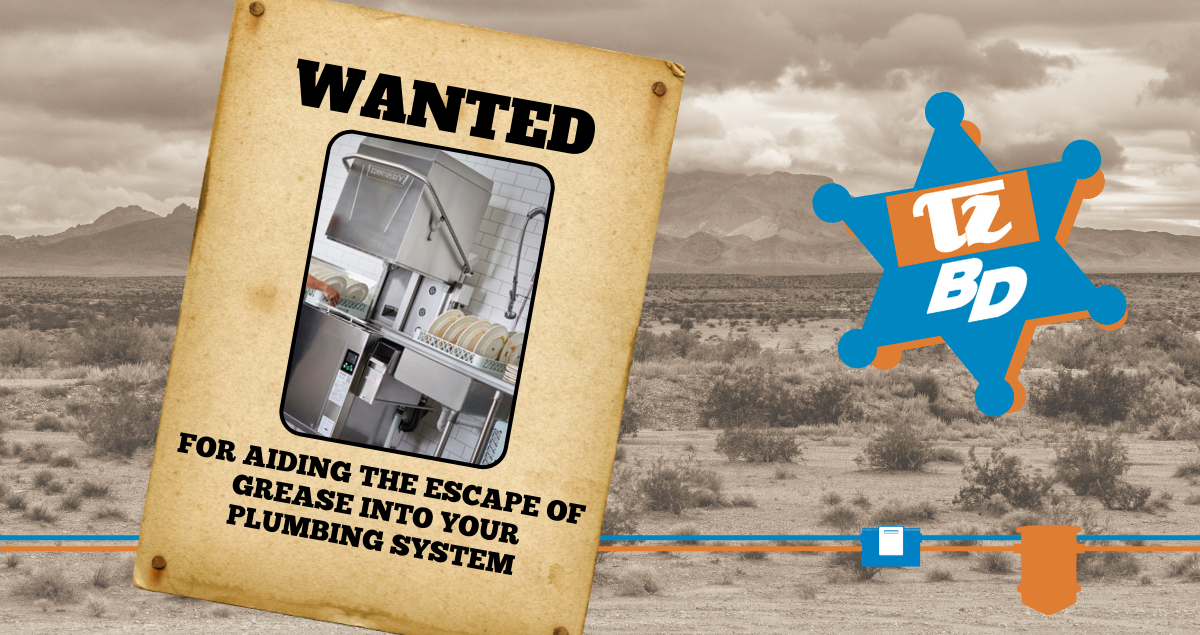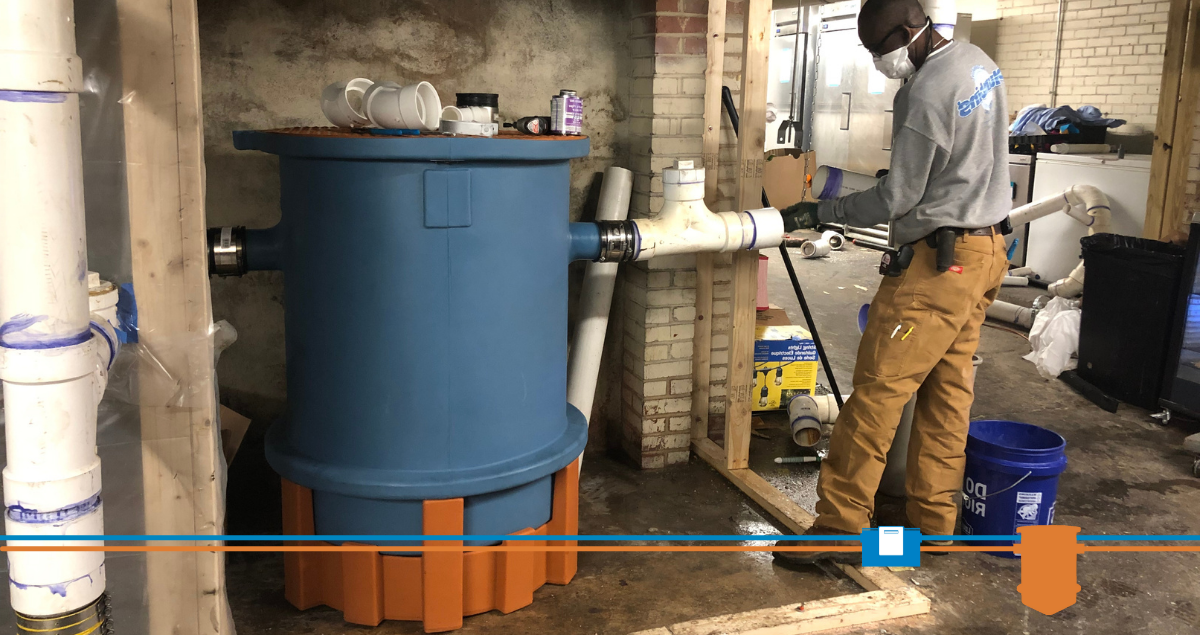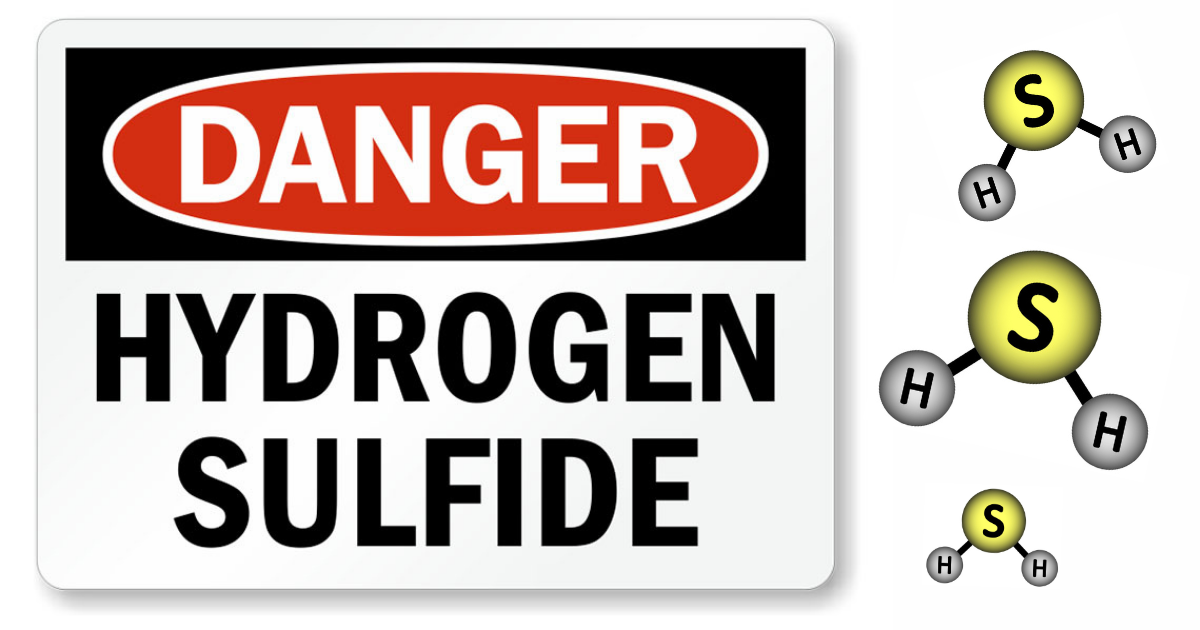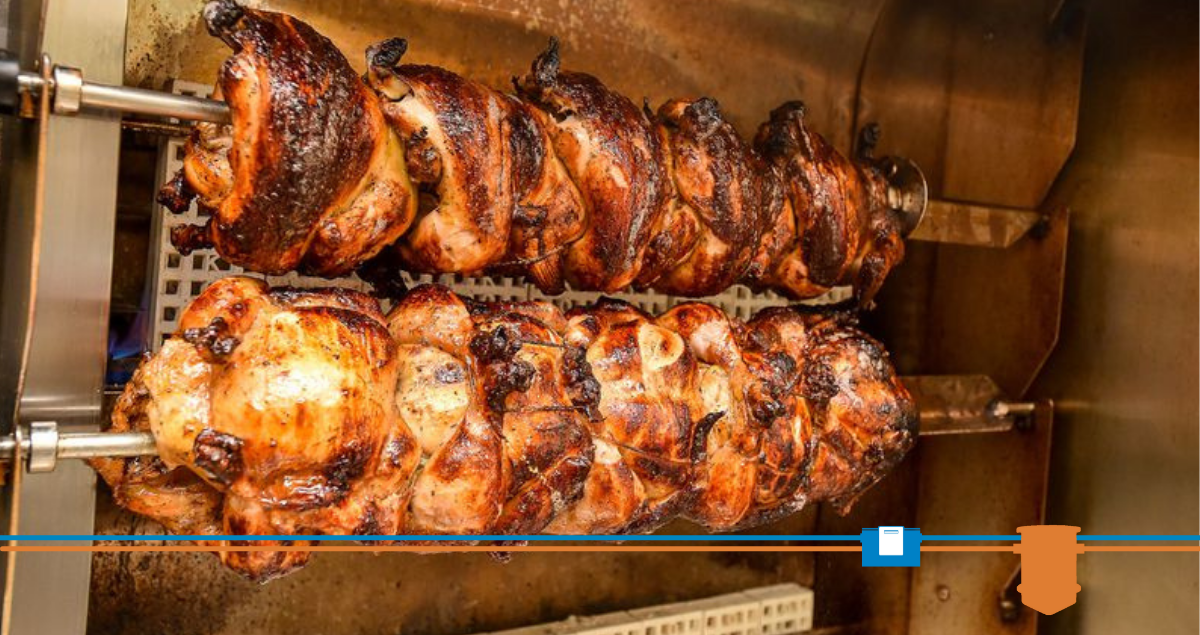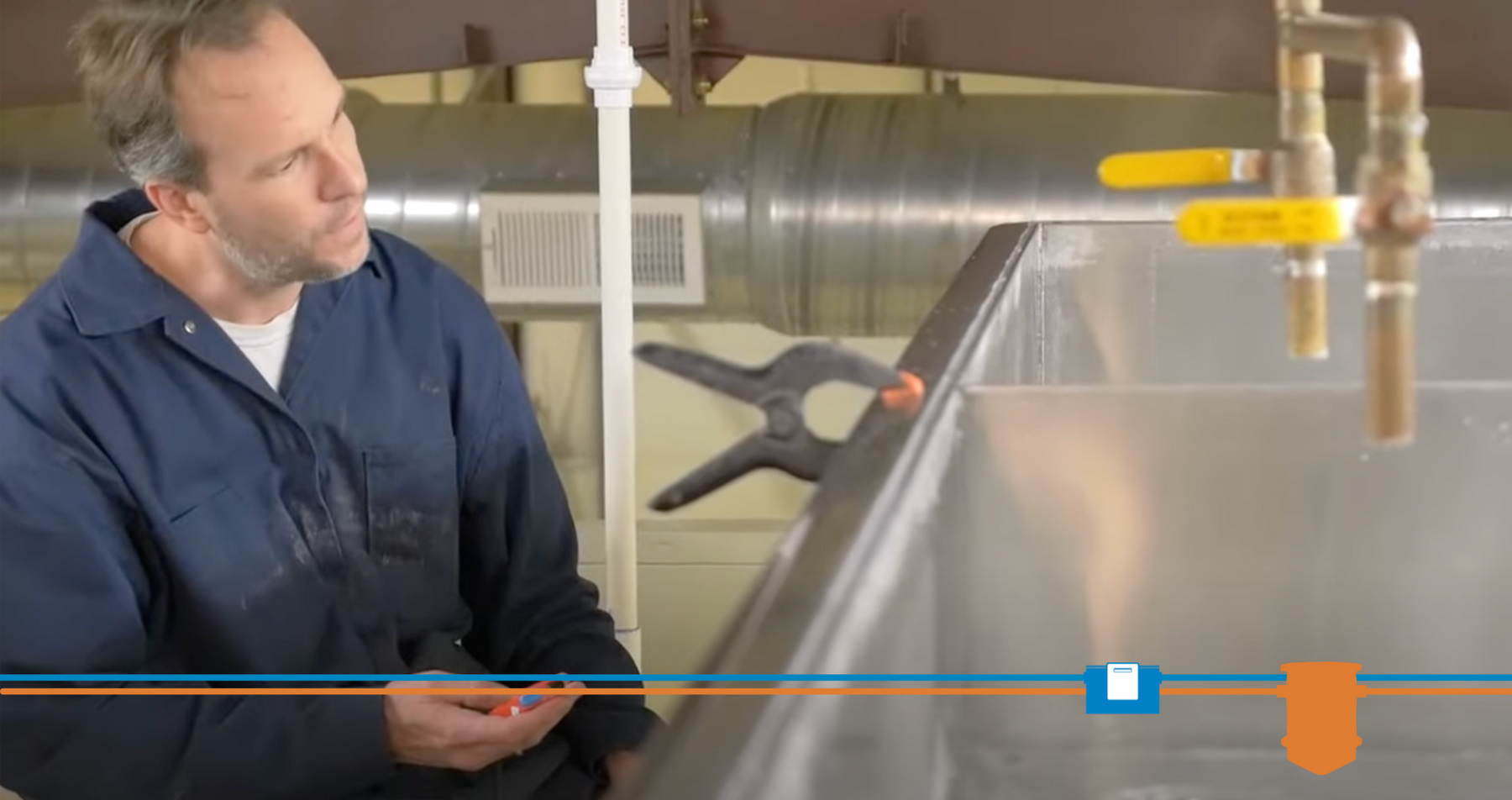Q&A on Venting Grease Traps
- Feb 24, 2022
- 0 Comments
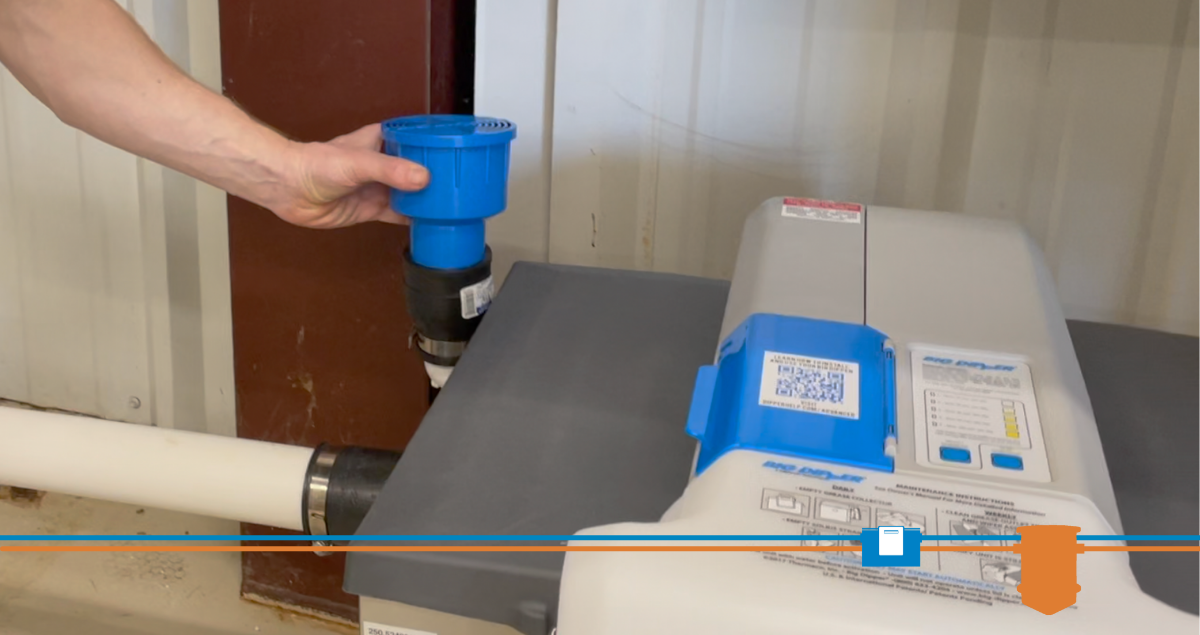
*NOTE: This information is related to the tank/vessel vent, which may be optional. Outlet venting is always required.
Q: Why is venting a grease trap so important?
A: Water isn’t the only thing flowing into your grease trap. Air gets in, too. As water levels rise inside your grease trap, this air compresses. This isn’t just any air, either. It’s some of the funkiest air you’ll ever smell. Without proper grease trap venting, it will affect you in one of two ways:
- The air will leak through any gap it can find. It may be from the grease trap or somewhere else in your plumbing system. But it will escape because no seal can stop pressurized air. Even the International Space Station springs leaks.
- The air will form a pocket that severely slows or even stops the flow of water into and through your grease trap, leading to backups in your plumbing and sinks.
Q: What is a good way to vent a grease trap?
A: Vent the grease trap tank to atmosphere. This usually requires an independent vent line to be run for the vessel vent, and these lines are not easily available. Often, the vessel vent is installed to a facility vent, which releases odors and creates the risk of sewer gasses entering your kitchen. All Big Dipper grease trap manuals include details on proper venting procedures for the pertinent units. You can download our manuals here.
Q: Is there an even better way?
A: There is. All Big Dipper automatic grease traps include a 1” NPT connection on the outlet side where a vessel vent can easily be connected. You can then simply plug the vent with the new Big Dipper Carbon Vent Filter. It’s the only vent filter in the plumbing industry that allows air to escape while capturing odor molecules via special activated carbon pellets. Installing a vessel vent with a Big Dipper Carbon Vent Filter allows your grease trap to “breathe” without polluting your kitchen space with grease trap smells.

